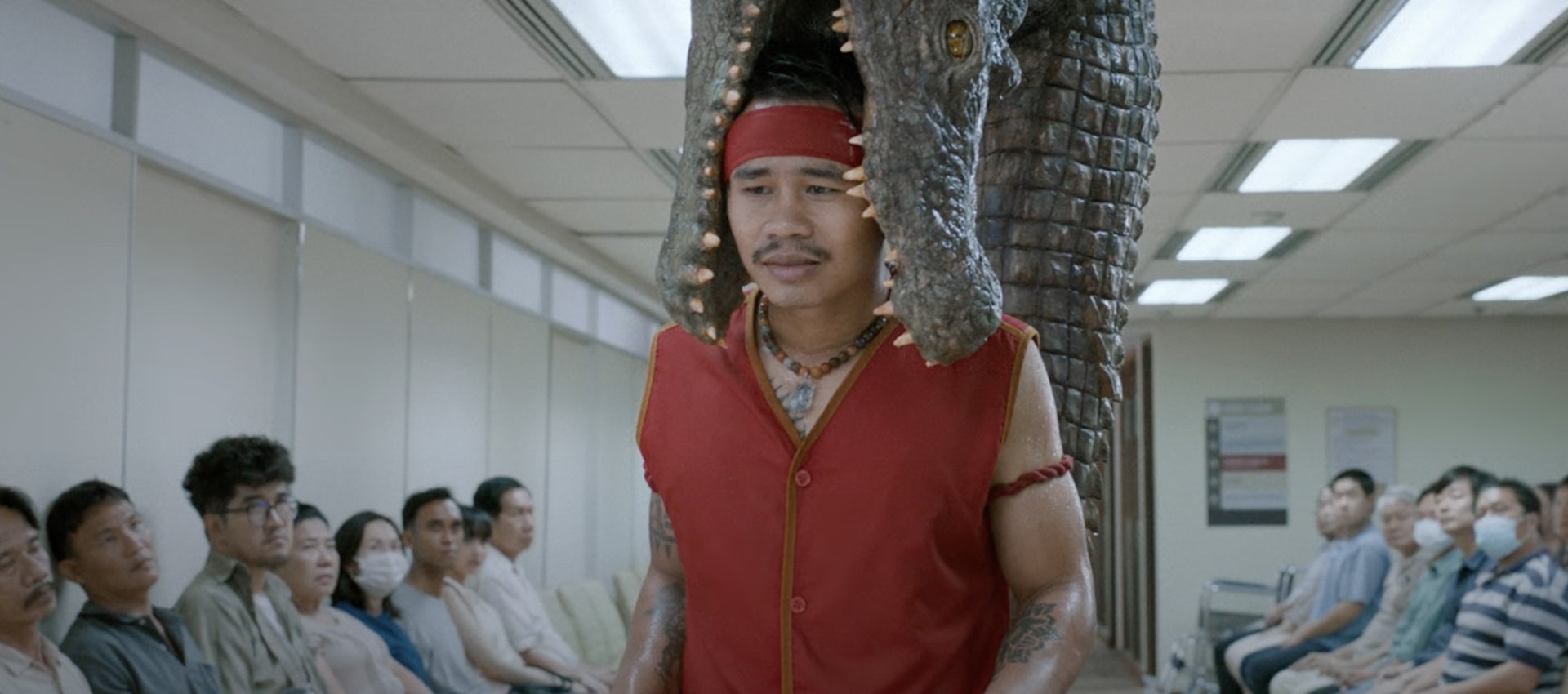Are we witnessing the return of the inventive TV ad?
There has been a flurry of recent commercials that demonstrate that creativity in TV ads seems to be returning. Though they all have a noughties vibe too … why, asks Ben Kay
As Mark Twain once said, history doesn’t repeat itself, but it often rhymes. With that in mind, I believe advertising is currently in a rhyming couplet with the mid-2000s.
On the surface, the cultural cues are uncanny: a second-term Republican president in the US, a Labour government in the UK, and we’re five years away from the last recession. Meanwhile, Robbie Williams, the Manic Street Preachers, and the Stereophonics are all topping the charts again; Oasis tickets are the most sought-after in the country; and the biggest movie of the summer is a Mission Impossible sequel starring Tom Cruise.
But in the narrower, more idiosyncratic world of advertising, the similarities are even more striking. I’ve recently seen KitKat ads that look like they were shot by prime Traktor, Rubicon spots that feel inspired by the golden era of Kuntz & Maguire, and Wuthisak Anarnkaporn is currently channeling the surreal brilliance of 2005 Thai award-winners like Suthon Petchsuwan.
A couple of years ago, I wrote about Netflix’s decision to introduce advertising and suggested that it could mark the beginning of a renaissance for the great TV spot. Since then, Disney+, Hulu, and Prime Video have all followed suit, creating demand for the kind of fresh, emotionally resonant work that once dominated the airwaves between rounds of X Factor or American Idol.
I don’t want to speak too soon, but it definitely feels like a movement toward values that seemed to have disappeared as the industry’s budgets and attention moved towards Facebook and Google. Perhaps ambition, craft, and originality are making a comeback.
1995 didn’t mirror 1975, so what makes 2025 different? I think it has to do with more significant inflection points, both technological and cultural
But why the mid-2000s vibe? One possibility is generational turnover. We’ve now processed an entire cohort of creative leadership since that era. If you started in advertising around 2010, you probably caught the tail end of campaigns like Cadbury’s Gorilla or Honda Grrr, but there’s a good chance you missed the best international work, along with any domestic award-winners that didn’t have the media budget to be nationally famous.
A junior in 2010 might now be an ECD. But unless they were doing late-night deep-dives into the archives of D&AD, Shots, or AdForum, they wouldn’t have had a full picture of what made the mid-2000s so inventive. And even if they did that research, there’s only so much context you can absorb through case studies and VHS-quality uploads. To really get it into your DNA you had to live through it, observing the progression from the Jukka Brothers to Honda Cog to Subservient Chicken.
And yet that still doesn’t fully explain the repetition. 1995 didn’t mirror 1975, so what makes 2025 different? I think it has to do with more significant inflection points, both technological and cultural.
2005 was the dawn of the social media era. Facebook was still a novelty; a blue-and-white sandbox where you poked friends and took quizzes about which Star Wars character you were. We had no idea what it would become; how it would redefine culture, along with the entire advertising industry. In the early days, it was playful and experimental, feeding into that sense of creative optimism.
At the beginning of every technological revolution, there’s a brief window when everything feels possible, where rules haven’t yet hardened and there’s room to play
And now, in 2025, we’re in a similar place with AI. We’re all aware of the caveats of IP theft, environmental damage and mass unemployment, but it’s also unleashing a wave of creative expression that would have been impossible three years ago.
It’s also great at freeing up time from the tedious busywork that now dominates the creative schedule. The decks, manifestos and strategic framings that suck valuable hours away from coming up with concepts can now be delegated to ChatGPT and its peers. That shift alone changes the creative metabolism of an agency. It reopens space, and that freedom might be exactly what’s allowing some of these echoes from the mid-2000s to reemerge.
At the beginning of every technological revolution, there’s a brief window when everything feels possible, where rules haven’t yet hardened and there’s room to play. The establishment hasn’t fully adapted, the algorithms haven’t yet tightened their grip, and creativity can thrive in the ambiguity.
Of course, the window doesn’t stay open forever. Eventually the heat of disruption cools and the old structures start to reassert themselves, leaving the radical to become routine. But right now, we’re still in the fun part – the stretch where creativity gets to run a little wild before the frameworks calcify again.
So maybe that’s the real rhyme with 2005. Not just in style, but in spirit. A moment where the creative outlook of the industry is once again unmoored, hopeful, and slightly reckless.
Whether consciously or not, we might finally feel able to pivot from viewing data as an oppressive anchor to something more of an ally that brings possibility to both our diaries and our minds. Then, sometime in 2045, we might look back on 2025 as the year the latest creative revolution finally got going.
Based in Los Angeles, Ben Kay is a creative director and copywriter, and advertising columnist for CR; ben-kay.com




